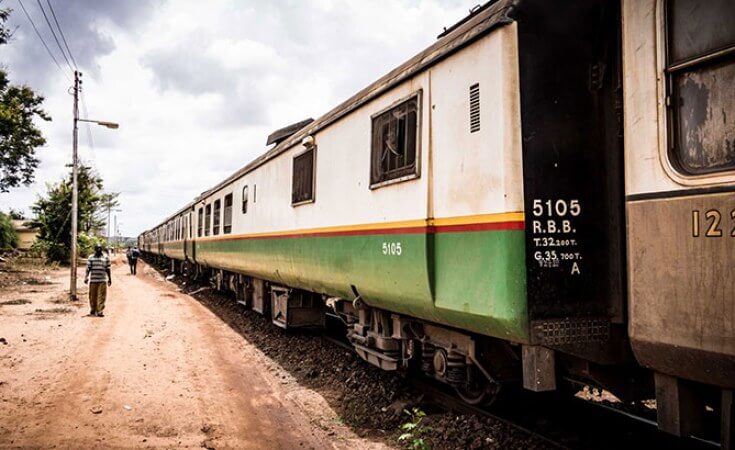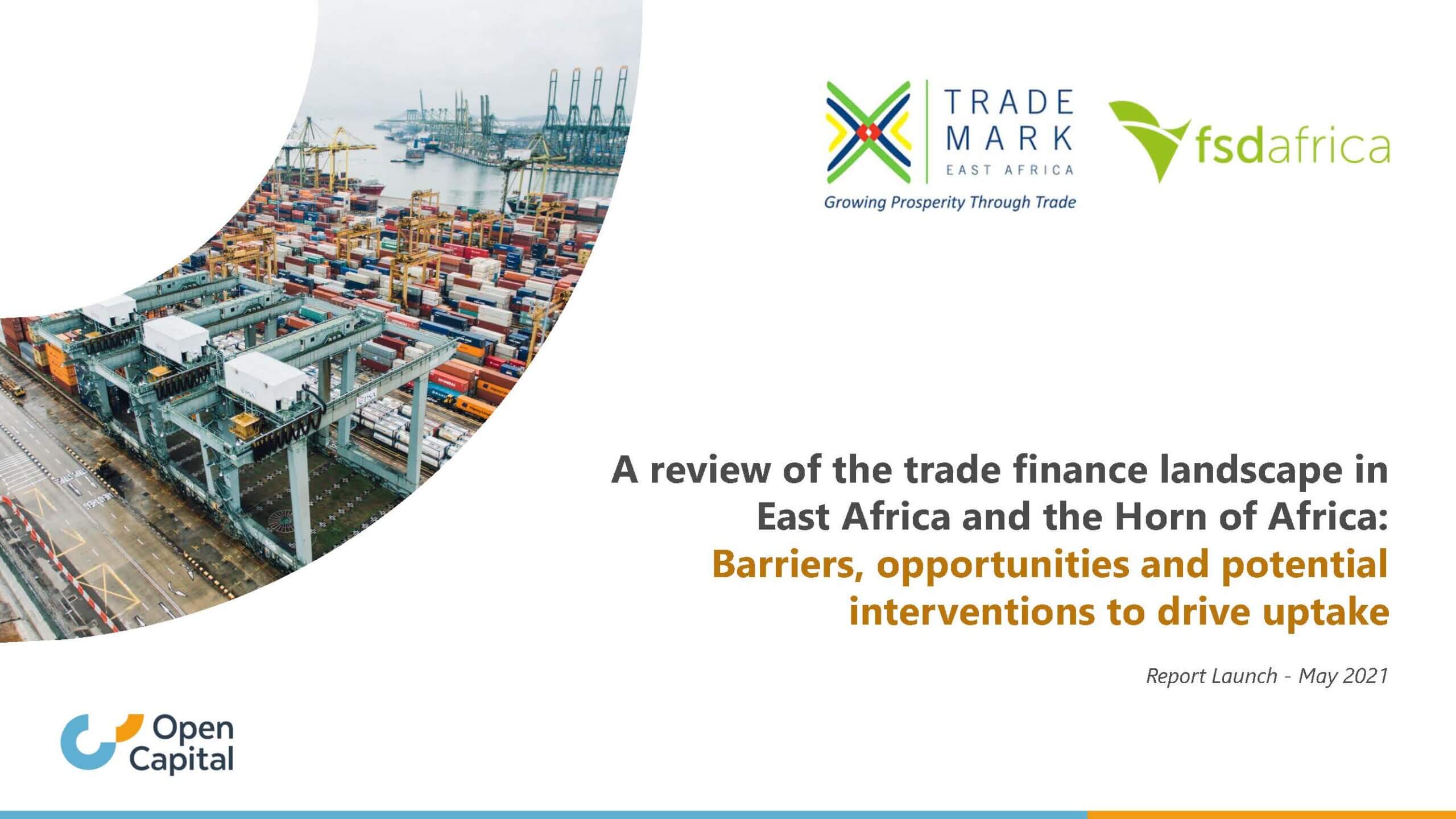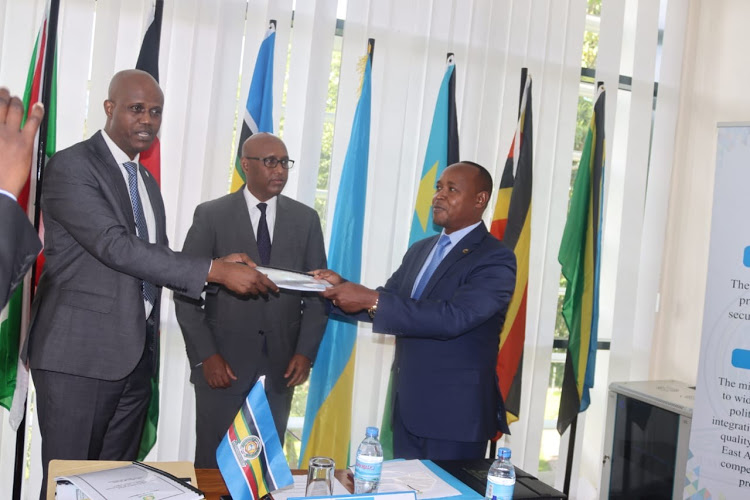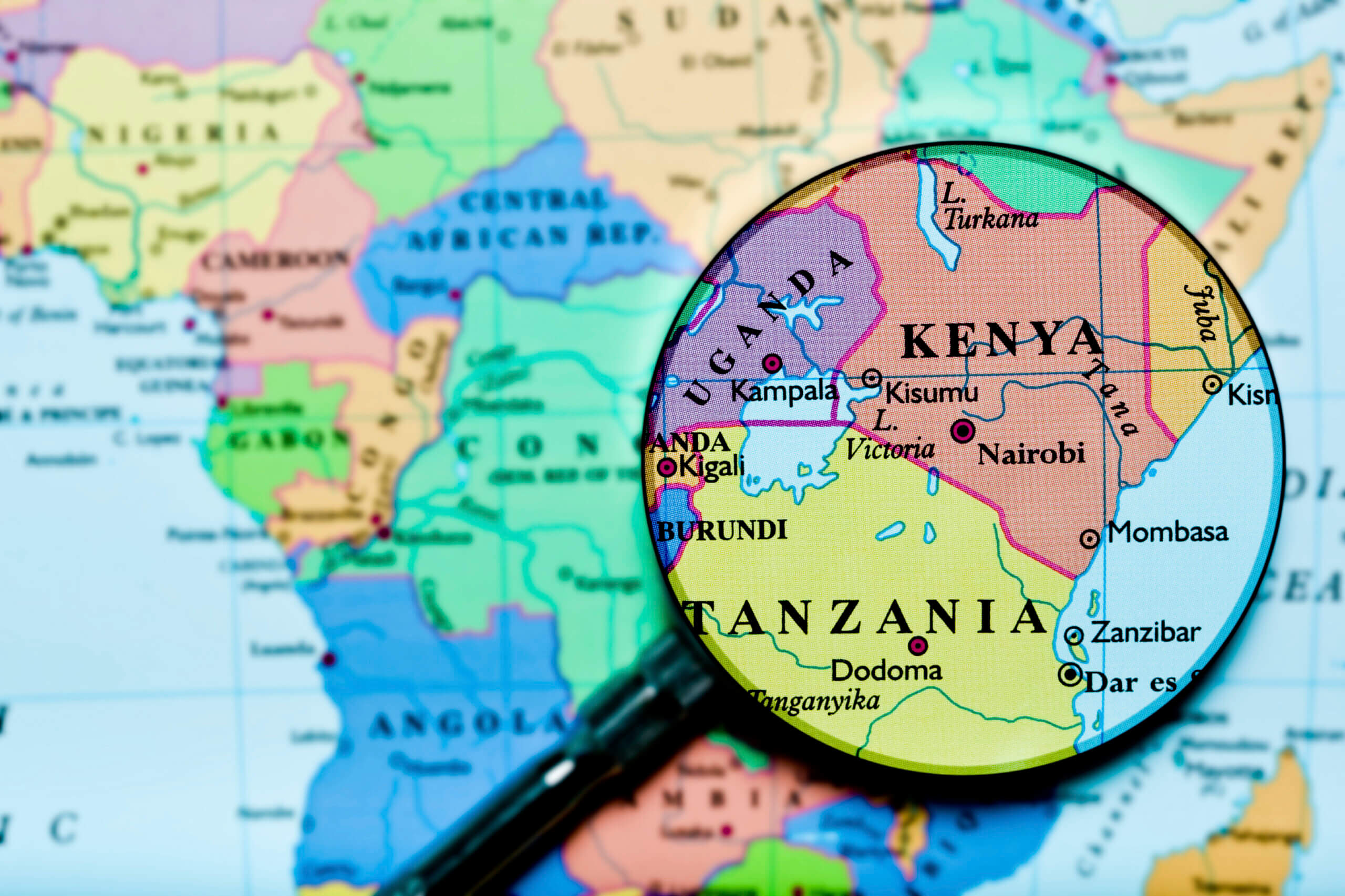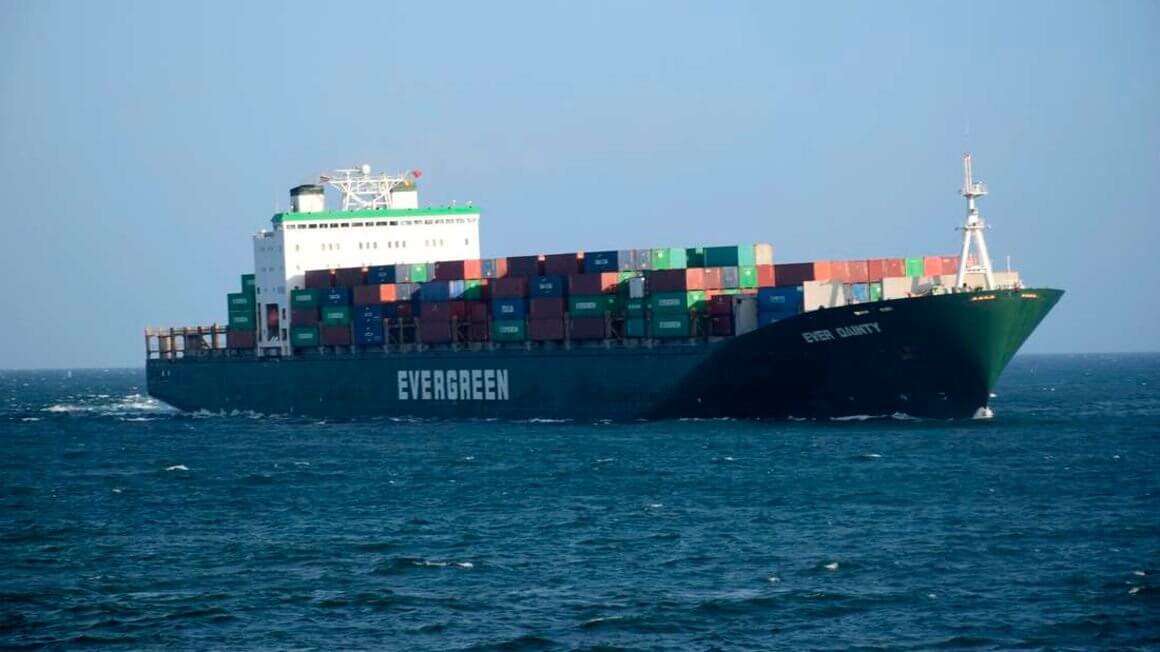The opening remarks by President Samia Suluhu of Tanzania during her State visit to Kenya two weeks ago were, “Mko na Uhuru upande wa Kenya na upande wa Tanzania tuko na Suluhu.” Her witty remarks were derived from the names of both presidents Uhuru and Suluhu. Translated into English her remarks meant that we have freedom in Kenya while Tanzania has the solution. The visit offers renewed hopes of increased trade between the two countries. There have been issues including allegations of discriminatory trade practices as well as non-tariff barriers to trade. It is hoped that the visit by the Tanzanian president is a sign of better times to come. World trade is moving away from protectionism and towards liberalisation which is enhanced by the removal of trade barriers between two countries, be they tariff or non-tariff. The East African Community (EAC) of which both Kenya and Tanzania are members, supports liberalisation and removal of trade barriers. The EAC Treaty and the EAC protocols especially the EAC Common Market Protocol contain very good provisions on liberalisation. However, there still exists a lot of non-tariff barriers. For the intention of the EAC Treaty to come to fruition, then these barriers to trade ought to be removed. There need to be proactive steps by all the member states to eliminate barriers and avoid trade-related spats. Each member state in the EAC is governed by national law and the regional law applies at the regional level. There may be a need to consider...
Harmonise all business laws to ease EAC trade
Posted on: May 17, 2021
Posted on: May 17, 2021



